
7 Warning Signs of Lung Cancer You Shouldn’t Ignore
7 Warning Signs of Lung Cancer You Shouldn’t Ignore
Lung cancer is one of the most common types of cancer in both men and women worldwide. According to the U.S. National Cancer Institute, approximately one out of every 14 men and women in the U.S. will be diagnosed with lung cancer at some point in their lifetime. In the U.S., it has surpassed breast cancer as the most common cause of cancer-related deaths in women. Being aware of the risk factors and paying attention to warning signs and symptoms can save lives.
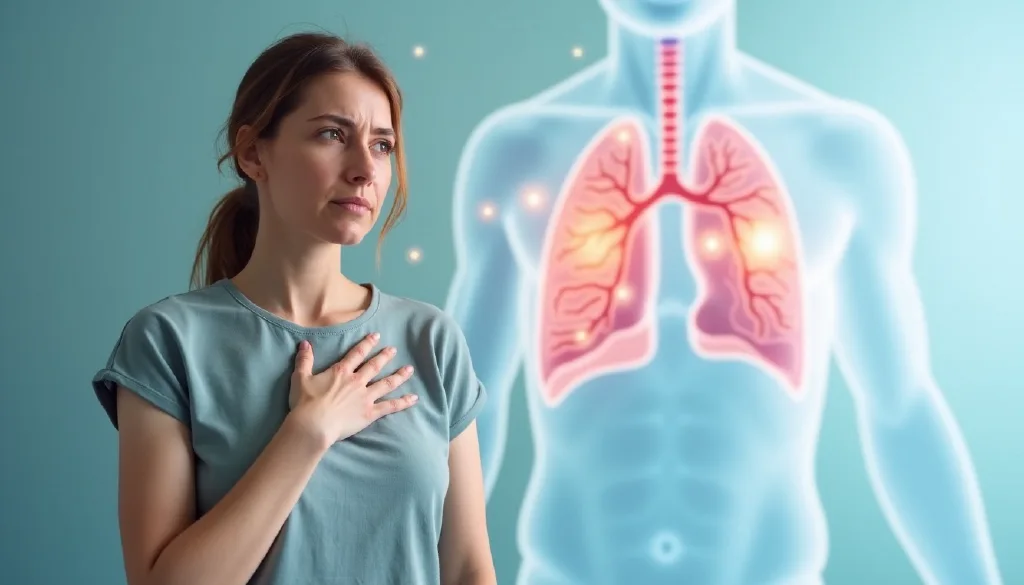
Risk Factors
-
Smoking: There is a strong link between lung cancer and cigarette smoking, with about 90% of lung cancer cases resulting from tobacco use. The risk increases with the number of cigarettes smoked and the duration of smoking.
-
Passive smoking: You don’t have to be a smoker yourself to put your health at risk. Tobacco smoke contains many carcinogenic chemicals, and the risk increases the more you are exposed to cigarettes smoked by others.
-
Air pollution: Prolonged exposure to highly polluted air is believed to increase the risk of developing lung cancer, similar to that of passive smoking.
-
Asbestos fibers and other chemicals: Exposure to asbestos, arsenic, beryllium, cadmium, coal, silica, and nickel can increase the risk of lung cancer. Asbestos use is now limited or banned in many countries, but it was widely used in the past.
-
Radon gas: This is a natural, invisible, and odorless radioactive gas that is a product of uranium. It can come up through the soil and enter a house.
-
Heredity: Individual genetic susceptibility may play a role in getting lung cancer. People with a family member who had lung cancer have an increased risk of the disease.
-
Lung diseases: Certain lung diseases, such as COPD and scarring of the lung, are associated with an increased risk of developing lung cancer.
-
Over 65 years of age: Almost 70% of people diagnosed with lung cancer are over 65 years of age, whereas less than 3% of lung cancers occur in people under 45.
Signs and Symptoms of Lung Cancer
Warning signs of lung cancer are not always present or easy to identify. In many cases, lung cancer may not show any noticeable symptoms in the early stages. However, if you are at high risk, early screening may help.
A person with lung cancer may have the following symptoms:
-
Persistent cough or changes in cough: If a cough persists for more than a week or two, you should see your doctor. If you are a smoker or have a chronic cough, pay attention to any changes, such as coughing more frequently, a deeper or hoarse sound, or coughing up blood or more mucus than usual.
-
Shortness of breath: If you become short of breath while doing a task that was once easy, it may be a symptom of lung cancer. This can occur if a lung tumor blocks or narrows an airway, or if fluid from it builds up in the chest.
-
Chest and bone pain: One of the symptoms of lung cancer may be pain in the chest, shoulder, or back area. If the cancer has spread to the bones, it may cause pain at the affected sites. If it has spread to the brain, it may cause neurological symptoms and headaches. If pain persists and doesn’t go away, see your doctor.
-
Wheezing: While a whistling sound when you breathe can result from asthma or allergies, it can also be associated with lung cancer. If wheezing persists, visit your doctor to find the cause.
-
Voice changes: Notice if your voice becomes hoarser, deeper, or if there are any other significant changes. While hoarseness can result from a simple cold, if it persists, see your doctor.
-
Persistent chest infections: Infections such as bronchitis and pneumonia that do not go away or keep coming back can be a warning sign.
-
Weight loss, loss of appetite, fatigue, and weakness: These are non-specific symptoms that can be seen with many other cancer types or diseases. However, if the changes are unexplained and persist, see your doctor to find the cause.

How to Reduce the Risk for Developing Lung Cancer
-
Stop smoking: If you haven’t done so yet, quit smoking. If you are a passive smoker, eliminate your exposure to tobacco smoke.
-
Test your home for radon: If you suspect you have radon gas in your home, buy a home radon test kit that can identify increased levels.
-
Avoid carcinogens at work: Take precautions to protect yourself from exposure to toxic chemicals at work.
-
Other lifestyle changes: There is strong evidence to suggest that regular exercise can lower the risk of developing lung cancer and other types of cancer. Also, eat a high-fiber diet with plenty of fruits and vegetables.
-
Early scanning: Chest X-rays are not effective in detecting early-stage lung cancer. However, low-dose CT scans have been shown to reduce lung cancer mortality by 20%.
News in the same category


15 Early Warning Signs That Cancer Is Spreading In Your Body
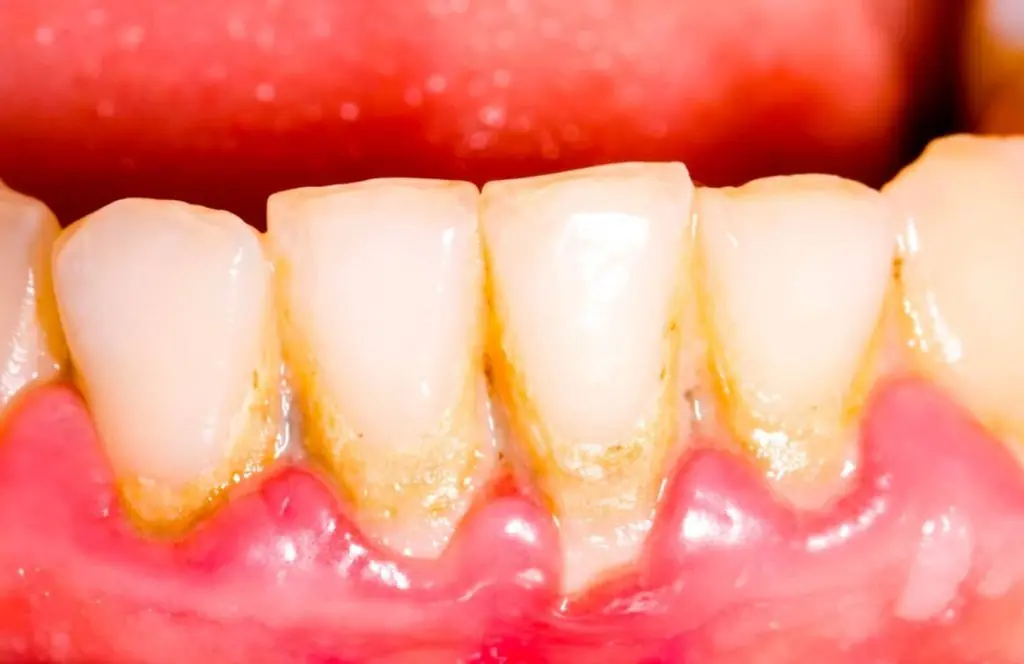
Natural Ways to Remove Dental Plaque That Are Never Shared in Clinics

Chagas Disease and the Fight Against Nighttime Bugs

Scientists Share Breakthrough Findings From Male Birth Control Pill Trial And Explain How It Actually Works
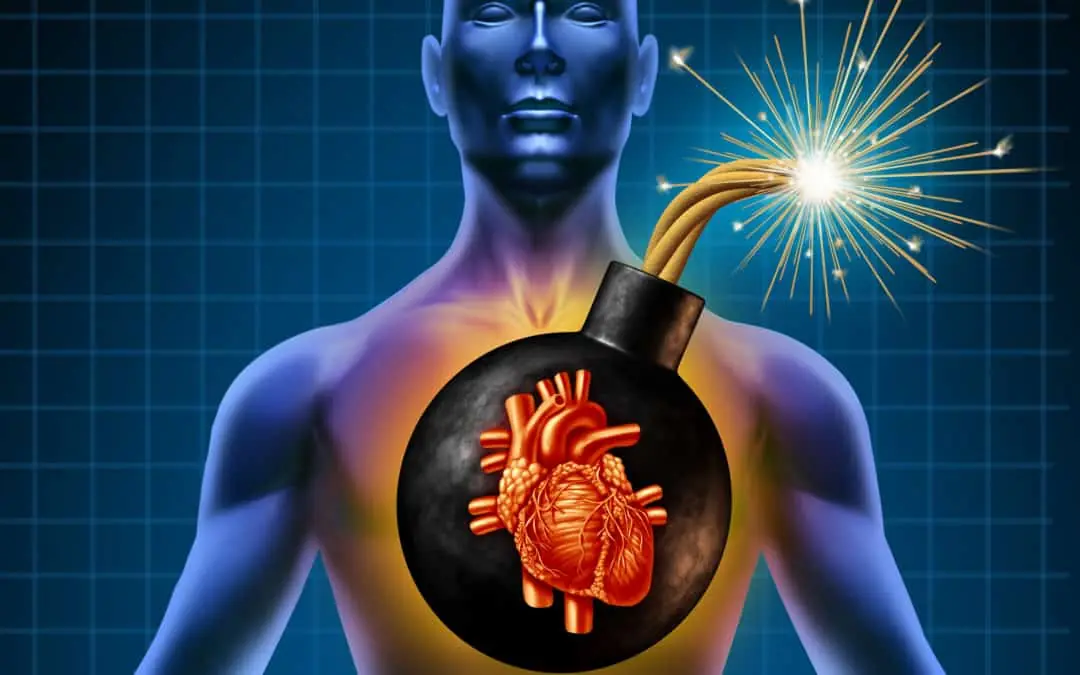
80% of Heart Attacks Can Be Prevented—Just Do These 5 Easy Things
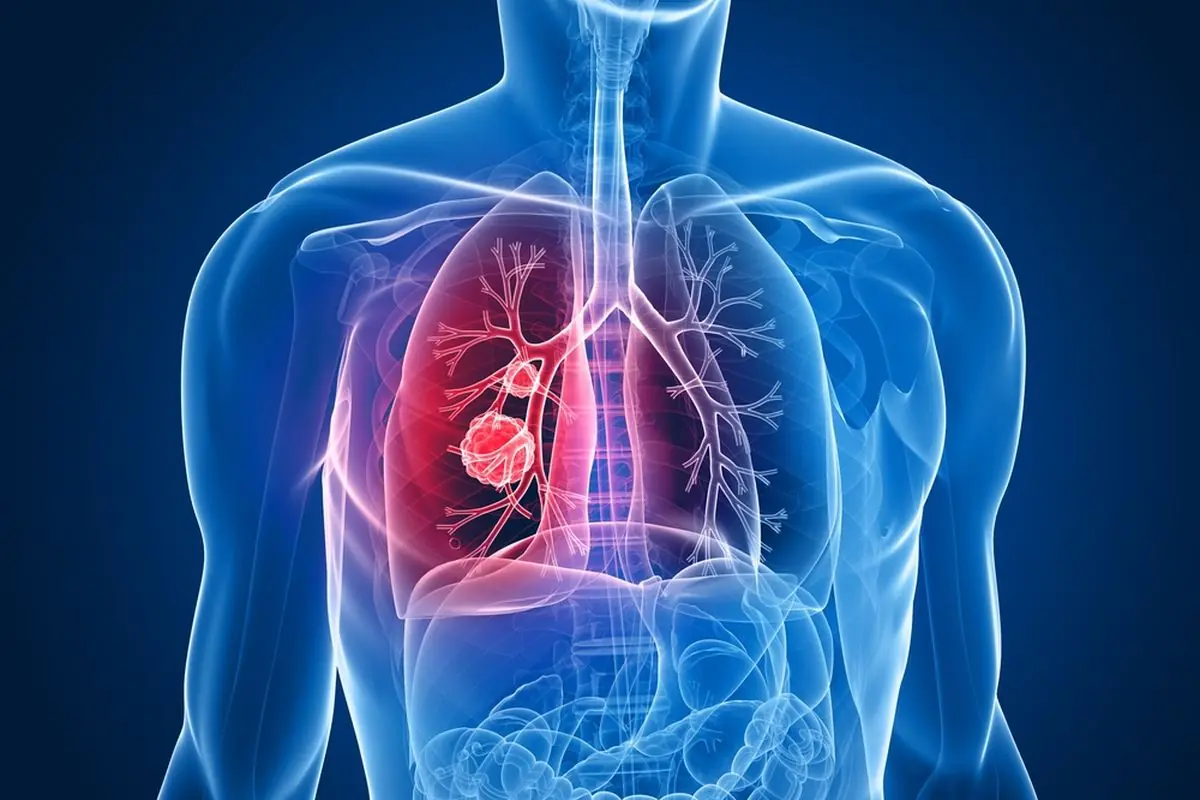
Vaping Dangers: Popcorn Lung, Cancer, Hypertension, Brain Damage and More

Ginger Should Be Avoided When Taking Certain Medications or Having Certain Health Conditions

Is It Safe to Wear Underwear Two Days in a Row? Experts Weigh In

Just one spoon and you’ll run to the bathroom

Cinnamon and Honey: The Most Powerful Remedy Even Doctors Can’t Explain

Why Does the Vag.ina Smell Sour? 4 Real Reasons Every Woman Should Know

Experts Uncover the Worst Sleep Position for Your Body—And Most People Still Use It!
Your sleeping habits - especially your position - can either restore or undermine your health.

Doctor Issues Your Beloved Air Fryers May Pose Cancer Risk — Urges People To Stop Using Them
Dr. Desai’s statement has stirred up intense debate online. Some viewers applauded her for raising awareness, while others remained skeptical.

8 Foods That Help Eliminate C@ncer Cells
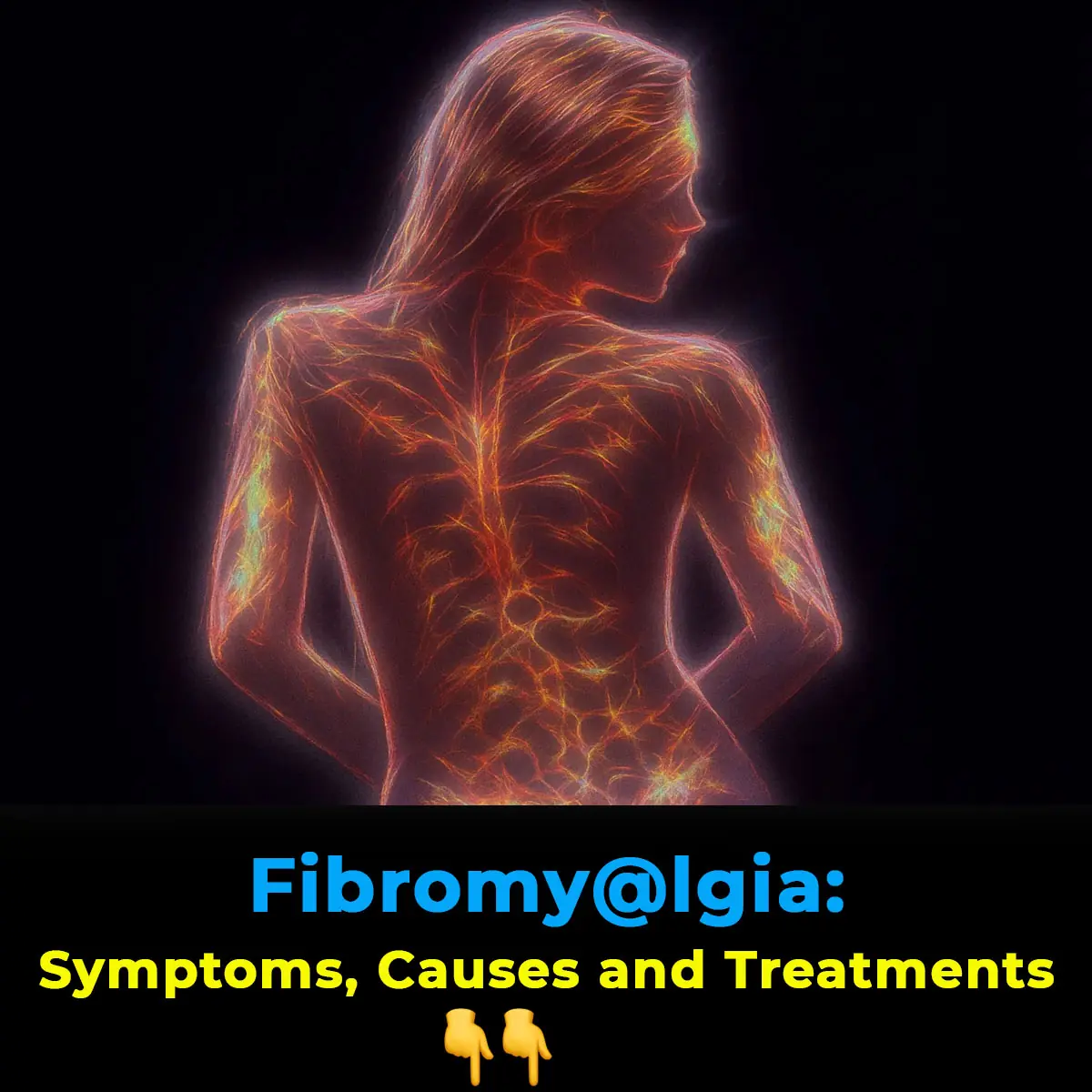
Fibromyalgia: Symptoms and 8 Natural Ways to Manage It

The Deficiency of These Vitamins Contributes to Panic Attacks

8 Signs Your Oxygen Levels Might Be Too Low
News Post

6 Powerful Teas That Will Instantly Reduce Inflammation and Boost Your Health

15 Early Warning Signs That Cancer Is Spreading In Your Body

Natural Ways to Remove Dental Plaque That Are Never Shared in Clinics

Test Your Color Vision: Can You Read These Words?

Chagas Disease and the Fight Against Nighttime Bugs

Scientists Share Breakthrough Findings From Male Birth Control Pill Trial And Explain How It Actually Works

Should You Turn Off WiFi and Bluetooth at Night?

80% of Heart Attacks Can Be Prevented—Just Do These 5 Easy Things

Vaping Dangers: Popcorn Lung, Cancer, Hypertension, Brain Damage and More

Warning Signs of Zinc Deficiency and How to Cure It

Ginger Should Be Avoided When Taking Certain Medications or Having Certain Health Conditions

Insane amount of money viral 'Storm Area 51' stunt cost the US military

Scientists explain 'puzzling blob' heading straight for New York City that's hidden 200 kilometers below our feet

The Second Lunch: How One Quiet Act Sparked a Schoolwide Movement.

The Wild Soul Who Chose Me: A Farewell to Nawty.

My Husband Said He Was Helping His Brother Fix the Roof After Work for Two Weeks – Then I Ran Into My SIL and Heard the Shocking Truth

My New DIL Shamed My Granddaughter Over a 'Cheap' Gift – She Didn't Expect the 'Surprise' I Had in Store for Her

At Our Baby's Christening, My FIL Ran Into the Church and Screamed, 'Stop! This Is the Wrong Baby!'
